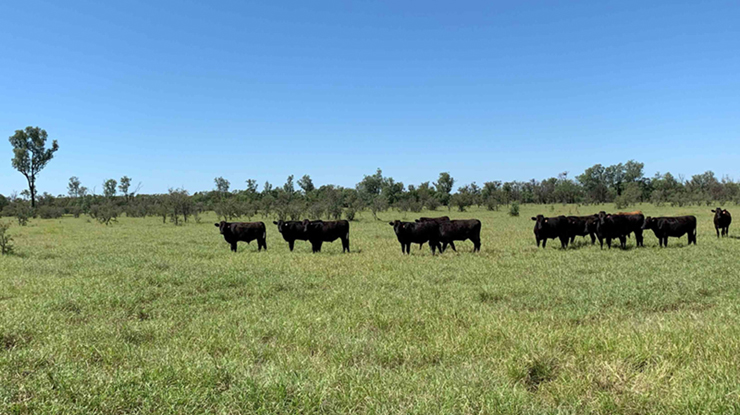
Law is different in Australia. The origins of the Australian state in a military-run British prison camp. the legal fictions of terra nullius that dispossessed, displaced an failed to see the sovereignty of First Nation peoples and the efficiency currently witnessed in controlling the population and the economy during the current bio-emergency, suggest that law, and governing the land through law, in Australia is unique. In Australian film and television law is often represented as the opposite of justice. This volume take this insight seriously. Each of the contributors examine how law and justice has been captured as opposites by Australian filmmaking, televisional and social media lenses.
The chapters in the book are arranged according to two parts. The first looks at the fundamental Australian concern of the intersection of the laws of the settler state and justice for First Nation people. In this part Thalia Anthony and Kieran Tranter examine the cultural representation of the chase in Australian films. The chase is often racial and generational; a young First Nation child is chased by an older representatives of the settler state and it ends in the death of the First Nation child. They take this structured narrative and identify very similar constellations of age, race and dying in recent high profile examples of the running down of First Nation children.
Chris Cunneen and Sophie Russell examine how social media has become a digital space for expressions of racial hate in Australia that Australian law seems incapable or uninterested in addressing. They show how these sites have encouraged and applauded racial hate crimes against First Nation people and generated cultures of fear within First Nation communities. Kirsty Duncanson takes a different approach. She undertakes a detail reading of Mojo Juju’s fabulous song ‘Native Tongue’ and associated music video. She identifies a complex song that present the strength of resistance and self-sovereignty with personal vulnerability. Mojo Juju through Duncanson shows that there can be a better future where justice for First Nation people becomes the law of the land.
The second part of the book has contributions that explore how Australian film and television intertwines gender with law and justice. John Flood and Lili Pâquet in separate chapters consider the ABC’s Rake and the titular rakish character Cleaver Green. For Flood, who compares Cleaver Green to another, another definitive television lawyer maverick, Horace Rumpole Cleaver Green inhabits a brutal Australian legal space where rules, law and morality are defined by power. For Pâquet, Green blends the Australian tradition of the larrikin with the possibility of achieving justice in spite of the rules and vested interests. Kim Weinert looks at the violent original Romper Stomper film to map the anxieties of an increasing neo-liberalising Australian state, while Bruce Baer Arnold confronts the representation of male sexual violence in Australian film and its under recognition by Australian law.
Kieran Tranter returns to the Mad Max universe to consider how the recent film Fury Road inverted the messaging of the previous instalments, Whereas the previous films problematically had men and machines maundering over a degraded future, the new film presents a different justice; a justice out of the apocalypse lead by women. While Laura Joseph and Honni van Rijswijk look at the reimagined of Prisoner in Wentworth to map the violence and loss of self, occasioned by caceral communities regardless of gender. The volume represent a maturing of cultural legal studies in Australia. Cultural legal studies, the underlying discipline that examines representations of law and justice through cultural narratives and artefacts has had a strong following in the Australian legal academy. However, this volume represent the first dedicated and sustained examination of the representation of law, lawyers and justice presented to the world by Australian film, television and social media.
Edited by Kim Weinert and Karen Crawley – Griffith University, Law Futures Centre and Kieran Tranter – QUT Law








